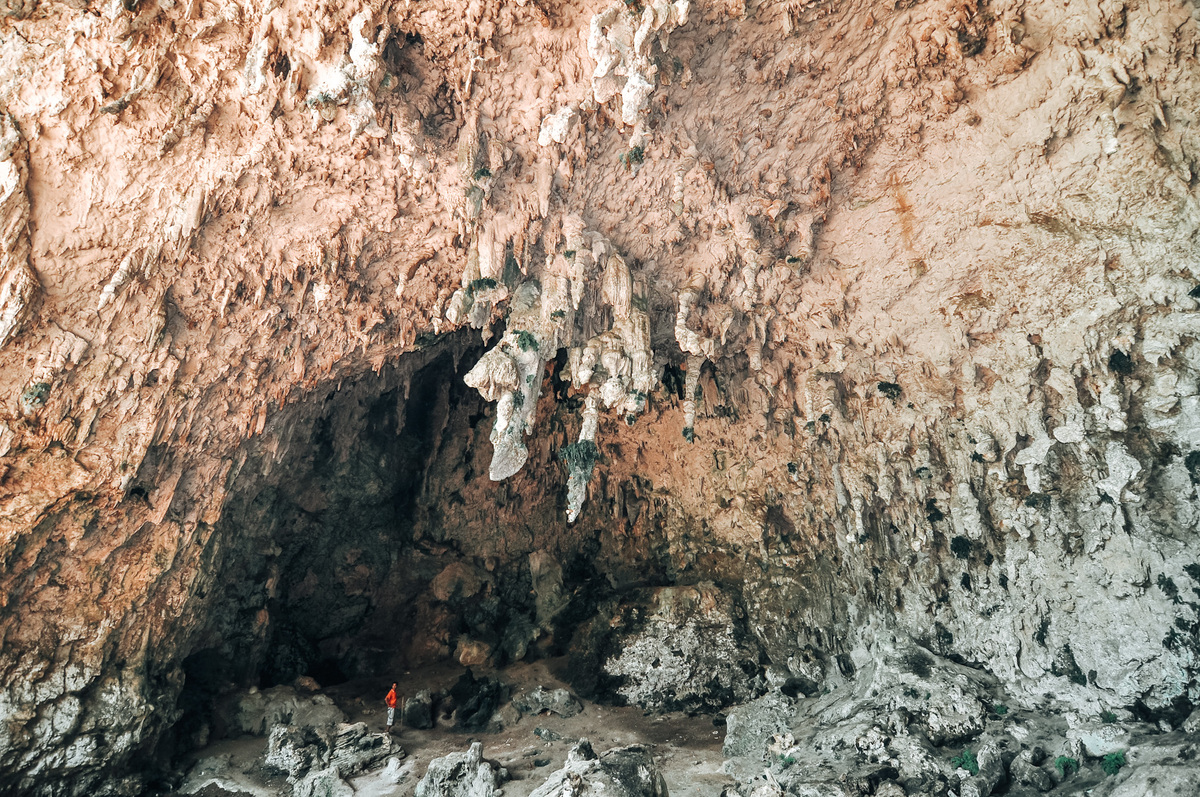During World War II, the city of Kupang, formerly known as Koepang, on the island of Timor, was the hub for refueling and landing for long-haul flights from Europe to Australia. The historical El Tari airstrip that was first landed by an American pilot, Lamij Johnson, in 1928 holds many stories, more than being a mere transit lounge and fuel depot for the few fliers back then. Today, when visitors step on to the modernizing city, one can still find traces of Dutch occupation as well as a Portuguese inherited aura. For since long before Indonesia’s Independence, Timor’s western part had been colonized by the Dutch while the islands eastern part by the Portuguese. This division originated from the time when these two powers fought for hegemony in the lucrative spice trade.
Today, Kupang is the capital city of the province of East Nusa Tenggara, perched in the southwestern part of Timor Island. As one of the three largest islands in East Nusa Tenggara (comprising Sumba, Flores and Timor), Timor island is now shared by two independent countries. The island’s eastern part being the newly independent East Timor – or Timor Leste, while the island’s western part is Indonesian territory. Its favorable position in the south-eastern most part of Indonesia, has made the city of Kupang into the first port of entry in Indonesian waters from Australia, if not yet as a tourist destination in its own right.
The Nusa Tenggara is a string of islands to the east of Bali, while Timor is its easternmost island in that string. Topographically, Timor differs from the rest of the East Nusa Tenggara islands. For the line of volcanoes that runs from Sumatra, Java, and on to other Nusa Tenggara islands, skips Timor and continues north to Maluku or the Moluccas. The cause of this is that unlike other Nusa Tenggara islands, Timor is in fact geologically related to Australia, and therefore has no volcanoes. While it geographical location and long history and tradition make it culturally Indonesian.
Being closest than any Indonesian cities to the marinas of Australian yachts in Darwin, the lighthouse at the seaport of Kupang stands as the first milepost for participating yachtsmen in the annual Sail Indonesia event. Each year, hundreds of yachts cross the open seas from Darwin, Australia sailing to Kupang, and from here to visit many known as well as remote Indonesian islands, to finally dock in Singapore. The annual Sail Indonesia has brought the name of Koepang to the fore, recalling its fame in the early twentieth century.
“Indonesians laugh a lot”, said Prooke of Marlborough, UK. It’s the land of laughs and smiles.
People in Timor are friendly. They love to laugh as do most Indonesians on the whole. Traditionally, people in Kupang and West Timor were distinguished by their social positions. The nobility here used to be called Amaf, the rulers Atupas, the commons Too, and slaves Ata. Today, ata no longer exist. Each of the social class had its own role to play in society. Yet, these classes share a mutual sentiment when it comes to tradition. The root of its heritage is so deep, making it difficult to trace. These deep rooted traditions even persisted through centuries of teachings of newer religions that were brought by traders or colonial rulers.
Look at the motives and patterns of their woven cloths called tenun ikat, and one can sense its age old heritage. Tenun ikat is the local craftsmanship in producing beautifully and sometimes mysteriously formed patterns on traditionally woven fabrics. Not only are the people proud of these cloths, but all Indonesians share the pride that these cloths are one of Indonesia’s most precious tangible national heritage.
Get There
Kupang is accessible by plane or ferries. Its historical airport, El Tari was formerly known as Penfui airstrip, having first served an American pilot, Lamij Johnson, in 1928. Penfui literally means ‘bush of cornfields’, since the airstrip’s surroundings were heavily covered with cornfields. El Tari connects western Timor Island with other large cities in Indonesia.




















